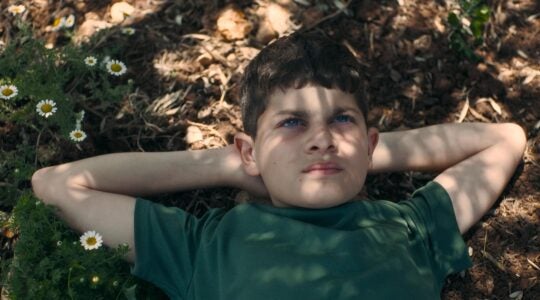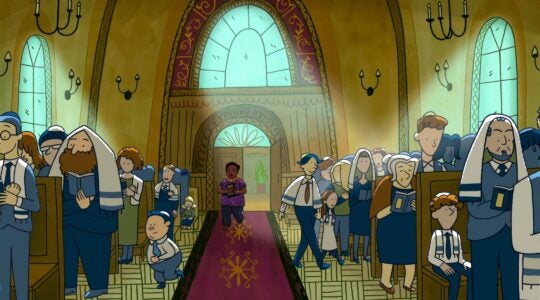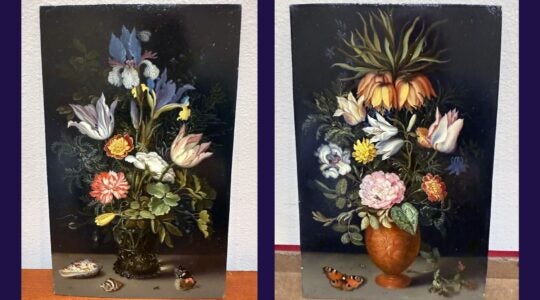In the beginning, there was the Lower East Side – the place where it all began for hundreds of thousands of Eastern European Jews. Crowded, dirty, poor. Home to more hopes and tragedies than should ever be squeezed into two square miles.
Author-artist Leela Corman perfectly captures the tumult and heartbreak of the neighborhood circa 1910 in her graphic novel Unterzakhn (Yiddish for “underthings”). It’s the story of twin sisters growing up in relentless poverty with an overbearing mother, whose lives take dramatically different paths. Death stalks nearly every page – death by horse cart, by botched abortion, by Cossacks (in a flashback). If tragedy isn’t your thing, you might not love this one – but if amazing illustrations are, you will.
“Pictures are central,” Corman said in an interview. “I’m a visual artist, not a novelist.” The book is chock full of indelible images of a time long past: Laundry hanging on the clothesline between tenements. Packed-earth streets crowded with pushcarts. Salesmen hawking herring and apples. Newsboys shouting at passersby. Burlesque girls and whorehouse madams.
We’ve seen the Lower East Side in movies, but seldom in such gritty detail, in a setting that will resonate with every American who traces their lineage through the Lower East Side.
JTA has documented Jewish history in real-time for over a century. Keep our journalism strong by joining us in supporting independent, award-winning reporting.





